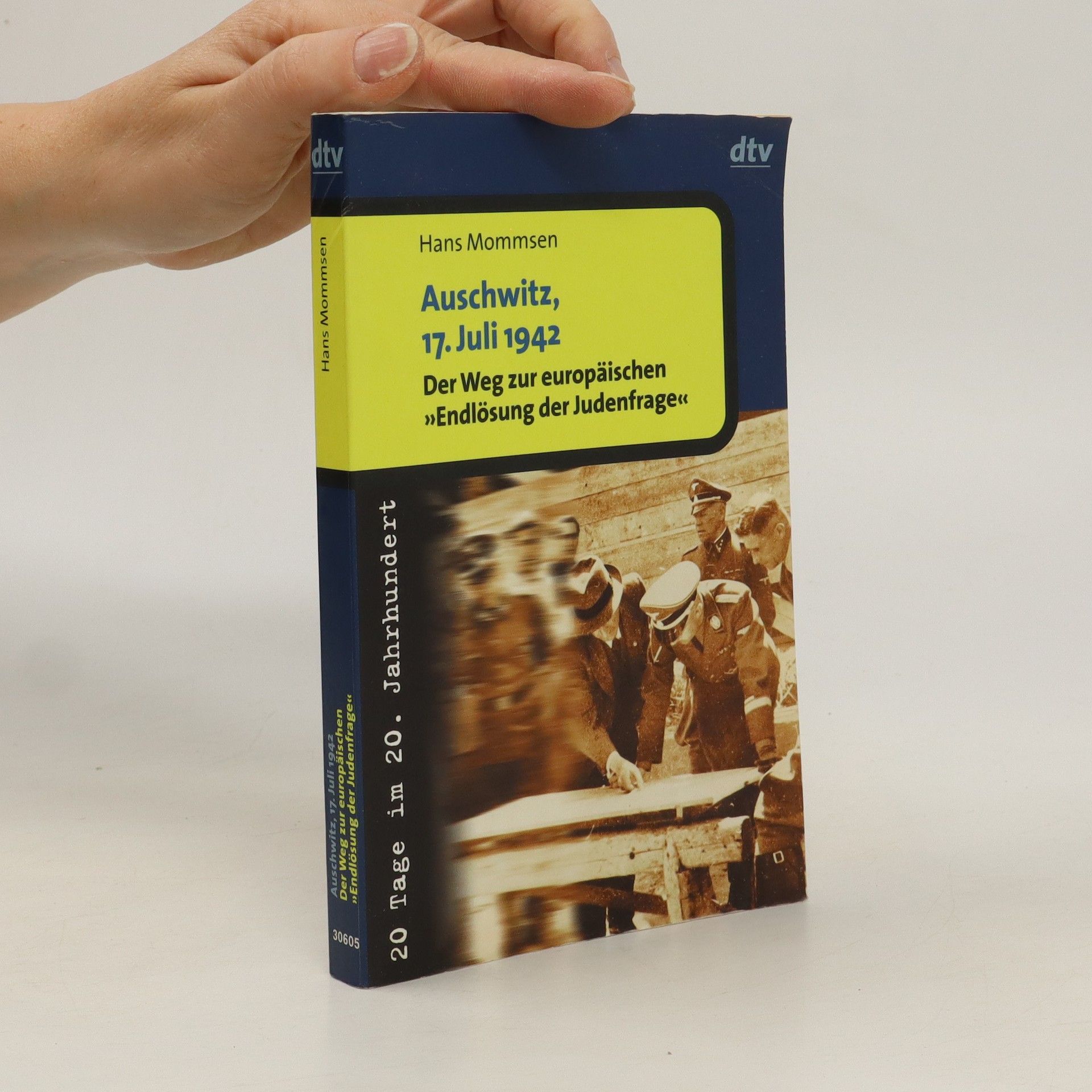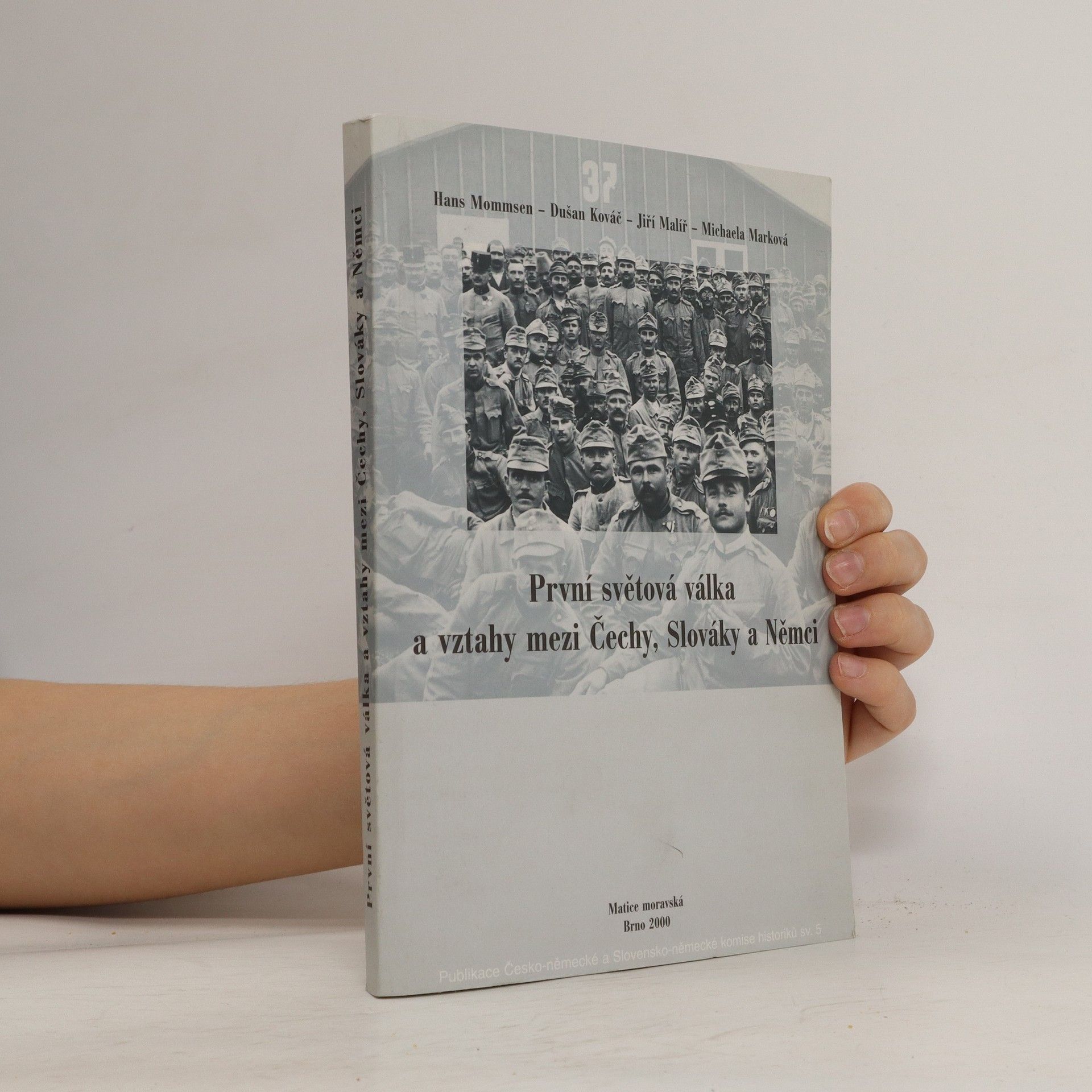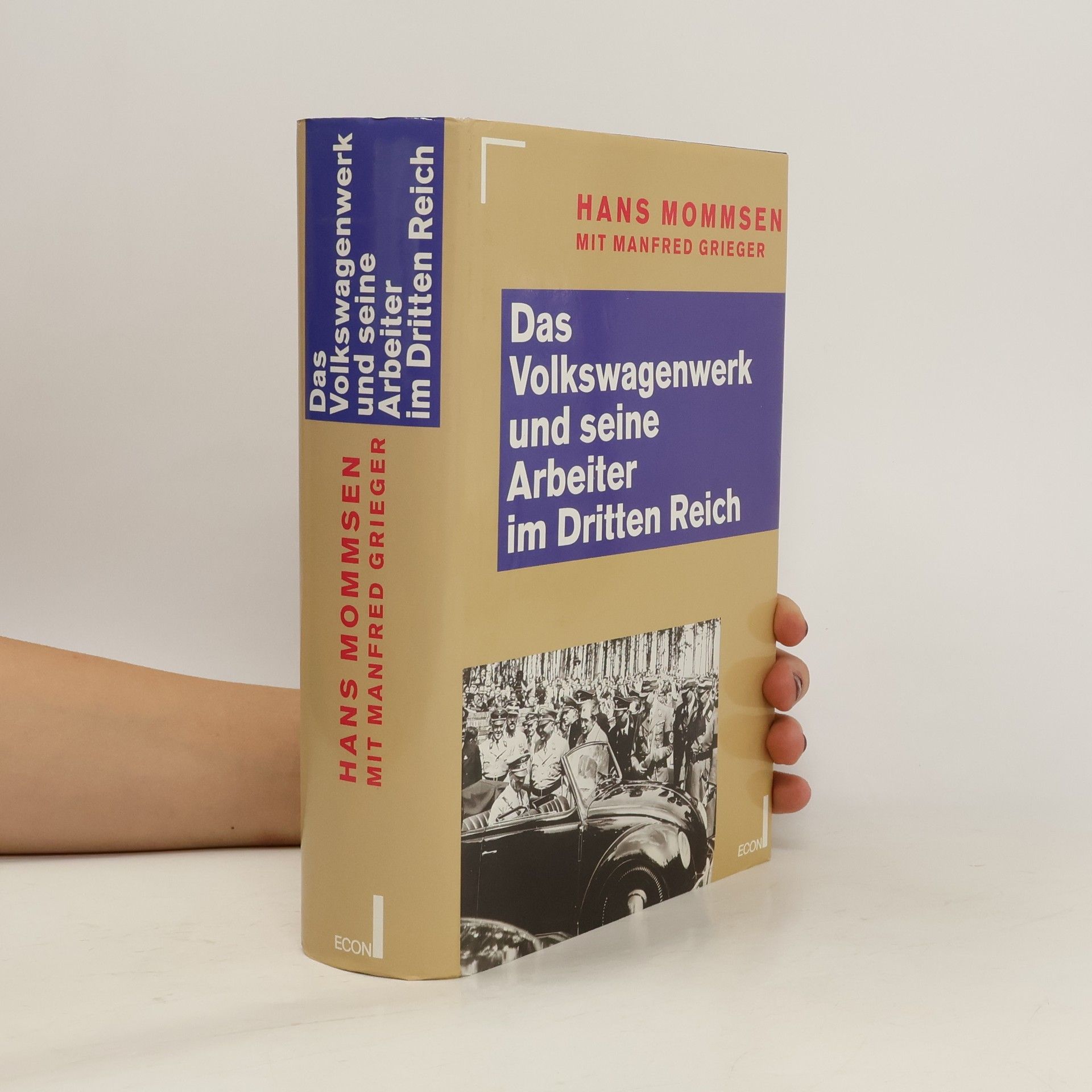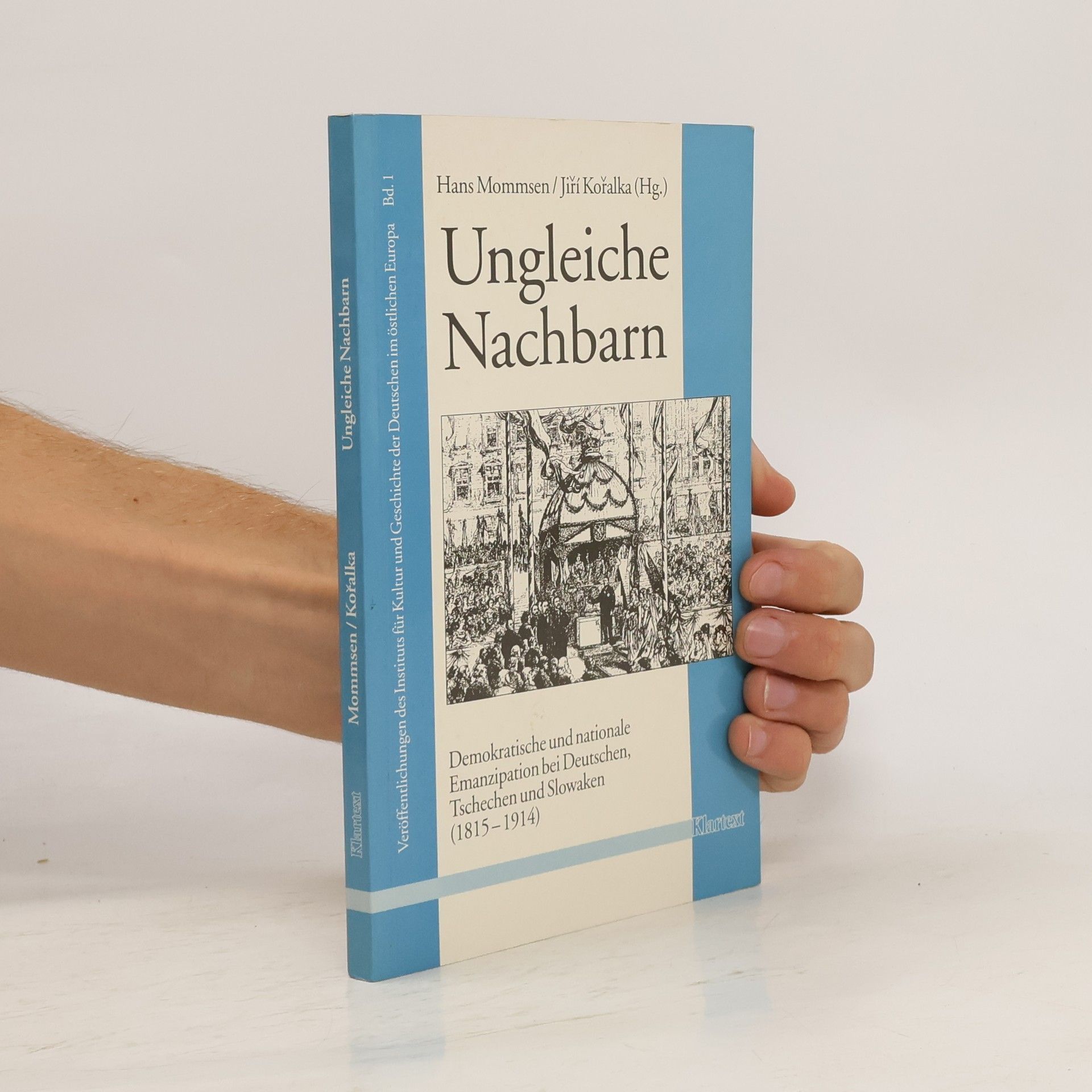Hans Mommsen Boeken






Aufstieg und Untergang der Republik von Weimar
- 432bladzijden
- 16 uur lezen
Das Grundlagenwerk zur Geschichte der Weimarer Republik Die Weimarer Republik gilt als erster Versuch Deutschlands, auf demokratischen Füßen zu stehen. Doch ihre Schöpfer schafftes es aus nationalpolitischen Rücksichten nicht, einen klaren strukturellen und moralischen Trennungsstrich zu den Verfechtern der alten Ordnung zu ziehen. Dem großen Historiker Hans Mommsen gelingt es, die komplizierten innen- und außenpolitischen Geschehnisse zu verdeutlichen und eine pointierte Darstellung zum Thema zu liefern.
První světová válka a vztahy mezi Čechy, Slováky a Němci
- 272bladzijden
- 10 uur lezen
Auschwitz, 17. Juli 1942
- 235bladzijden
- 9 uur lezen
Am 17. Juli 1942 besuchte Reichsführer-SS Heinrich Himmler das Konzentrationslager Auschwitz und ließ sich von Lagerkommandant Höß eine Vergasung demonstrieren. Der deutsche Antisemitismus und die NSDAP, die Nürnberger Gesetze, der 9. November 1938 und die öffentliche Degradierung des Judentums in Deutschland, der Rassenvernichtungskrieg gegen die Sowjetunion und die Endlösung der Judenfrage in Europa.
Hans Mommsen schildert die einzelnen Bausteine und Etappen, die zur Kulmination der nationalsozialistischen Verbrechen geführt haben
Die Weimarer Republik gilt als erster Versuch Deutschlands, auf demokratischen Füßen zu stehen. Dem großen Historiker Hans Mommsen, bekannt dafür, "unbequeme Blicke auf die deutsche Geschichte" zu werfen (Franziska Augstein, SZ), gelang es in seinem bis heute wegweisenden Standardwerk, pointiert zu verdeutlichen, weshalb diese erste deutsche Demokratie keine reelle Chance hatte, sich zu etablieren. Zu sehr machten die verklärende Rückwärtsgewandtheit der Eliten, kompromisslose Parteien, der ökonomischer Frust und wachsender Populismus in der Bevölkerung dem jungen Staat zu schaffen - was der Machtentfaltung der NSDAP und dem Untergang der Republik den Weg bereitete. "Das Werk Hans Mommsens wird lange über seinen Tod hinaus Bestand haben. Er veröffentlichte eine Reihe wichtiger Bücher - "Die verspielte Freiheit" zählt zu meinen liebsten." Ian Kershaw, Die Zeit "Streitbar, unbequem und unendlich Hans Mommsen war der bedeutendste deutsche Zeithistoriker. Er schreckte nie davor zurück, den Deutschen die Leviten zu lesen." Marc von Lüpke, Spiegel Online
Ungleiche Nachbarn
Demokratische und nationale Emanzipation bei Deutschen, Tschechen und Slowaken (1815-1914)
Ponad pół wieku po Holocauście wciąż zadajemy sobie pytanie, jak w środku Europy mogło dość do tak perfekcyjnie zorganizowanego, masowego ludobójstwa. Hans Mommsen, jeden z najważniejszych współczesnych niemieckich historyków, próbuje tej odpowiedzi udzielić. Autor przedstawia spójną interpretację złożonych wydarzeń, które doprowadziły do rozpętania Holokaustu. W tym celu nakreśla konteksty antysemityzmu w Republice Weimarskiej i jego rolę w powstaniu NSDAP. Opisuje, w jaki sposób nazistowski reżim radykalizował prześladowania Żydów, aż do momentu kiedy sformułowano plan ich unicestwienia. Mommsen pyta, dlaczego i na jakich warunkach zostały zakończone poszczególne etapy scenariusza ostatecznego rozwiązania: od wykluczenia Żydów ze społeczeństwa niemieckiego aż po ich eksterminację. To zupełnie niezwykłe spojrzenie od wewnątrz na trudną niemiecką historię XX wieku pozwala na nowo przemyśleć wydarzenia, która na zawsze odmieniły losy świata. A wszystko zaczęło się 17 lipca 1942 roku, kiedy Heinrich Himmler odwiedził obóz koncentracyjny Auschwitz i komendant obozu pokazał mu gazowanie. Hans Mommsen (19302015) profesor Uniwersytetu Ruhry w Bochum dał się poznać jako autor licznych publikacji dotyczącymi historii Republiki Weimarskiej i Trzeciej Rzeszy. Znany ze studiów nad niemiecką historią społeczną oraz ze swojej funkcjonalistycznej interpretacji Trzeciej Rzeszy, szczególnie z argumentowania, że Hitler był słabym dyktatorem. Był członkiem Socjaldemokratycznej Partii Niemiec.



